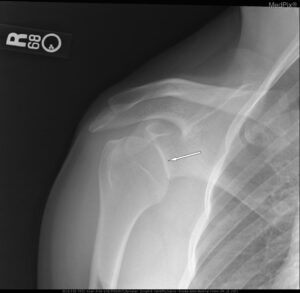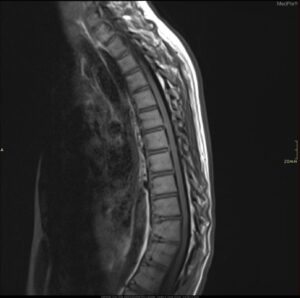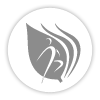Neck Pain
What causes neck pain?
Neck pain can be caused by many different things. The most common reason in the general population is because of poor posture while working on a computer (laptops especially because poor posture) and looking at our cell phones. This can change the position of the bones of the neck (cervical spine) and pull and tighten the muscles around the area. Not only can the muscles of the neck become tight or weak (or both), but muscles of the shoulder and chest often overlap and can be affected by posture, adding to the neck pain.
The more forward your head is, the heavier it becomes for the muscles to hold up. Think about holding a gallon of milk: if you hold it close to your body it feels much lighter than when you hold it out in front of you with your arm straight. It is heavier when it is more in front of you. Similarly, your head is heavier when it is more in front of you. Physics!
Being in this posture throughout the day as we work at our computers and look at our cellphones, many (or all) days of the week, all the time, leads to the muscles adapting to this posture. This can cause tightness and weakness in muscles in the area and this can worsen the pain over time.
There can be other reasons for neck pain and they are often worsened by this posture many of us have.
Other causes of neck pain include: whiplash from a car accident or fall, joint stiffness between the spines of the neck, arthritis, disc herniation. These can also cause tightness and weakness in the area as well.
Treatment
The most important treatment for neck pain is to work on your posture. Posture is most often the underlying reason for neck pain, and even if it is caused by an actual injury, posture often contributes to the pain or slows down the healing process. Since we spend a lot of time at work, and many of us work a lot on computers, your desk ergonomics are a great place to make your first change. Sit-stand desks are a great way to help with this, however, the set up of each is still important. You can find many resources for this online, or your physical therapist can assist with work station set up.
There are also hands on treatments to decrease tightness, joint stiffness, and strengthening exercises that a physical therapist can help with. Sometimes using tape to help calm down muscles and assist you in using the right muscles is a treatment that may be used.
Surgery is something we often try to avoid for neck pain, but may be something that is needed after trying strengthening, stretching, and changing postural habit. This would be something to discuss in physical therapy and with your doctor. Healthcare providers often recommend trying physical therapy first, before considering surgery, depending on what is causing the neck pain.
Patient Resources
Online search for desk ergonomics
Gross AR, Goldsmith C, Hoving JL. Conservative management of mechanical neck disorders: a systematic review. J Rheumatol. 2007;34(5):1083-1102.
Miller J, Gross A, Sylva J. Manual therapy and exercise for neck pain: a systematic review. Man Ther. 2010;15(4):334-354.
Falla D, Jull G, Russell T, Vicenzino B, Hodges P. Effect of neck exercise on sitting posture in patients with chronic neck pain. Phys Ther. 2007;87(4):408-417.




